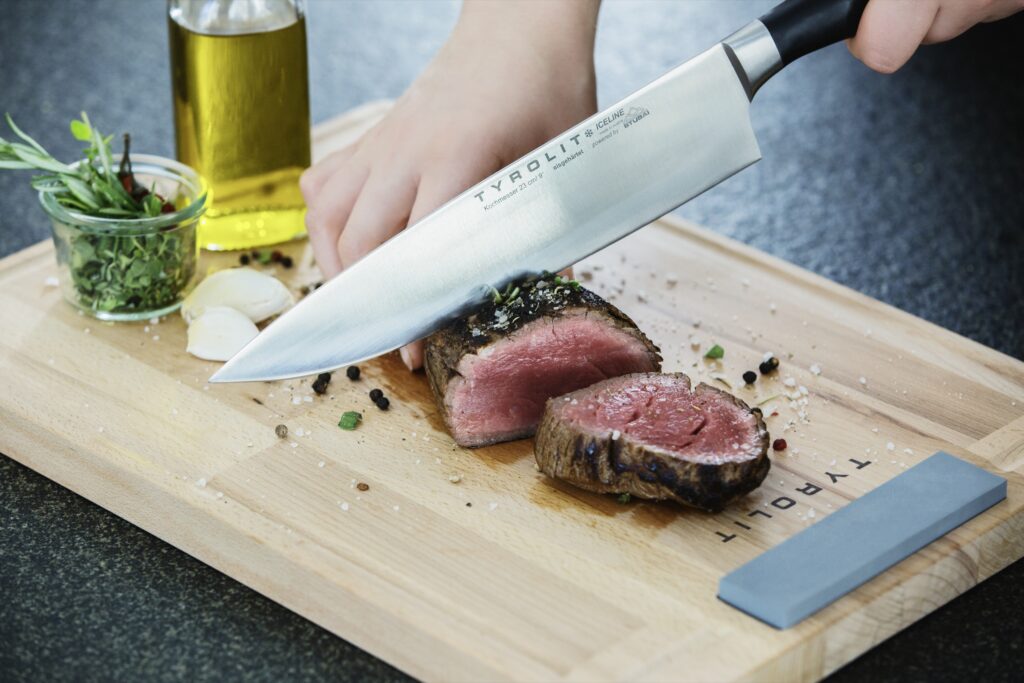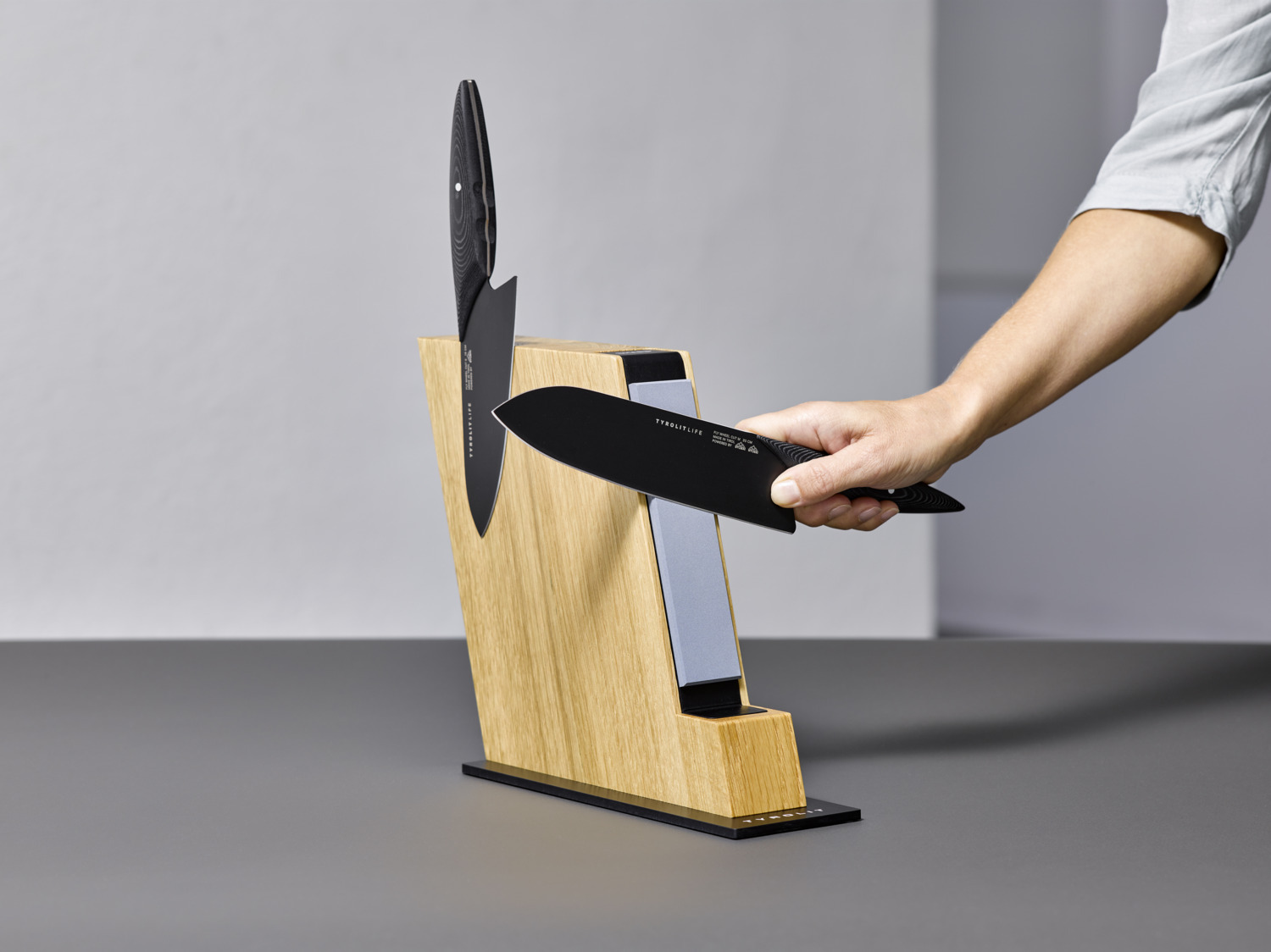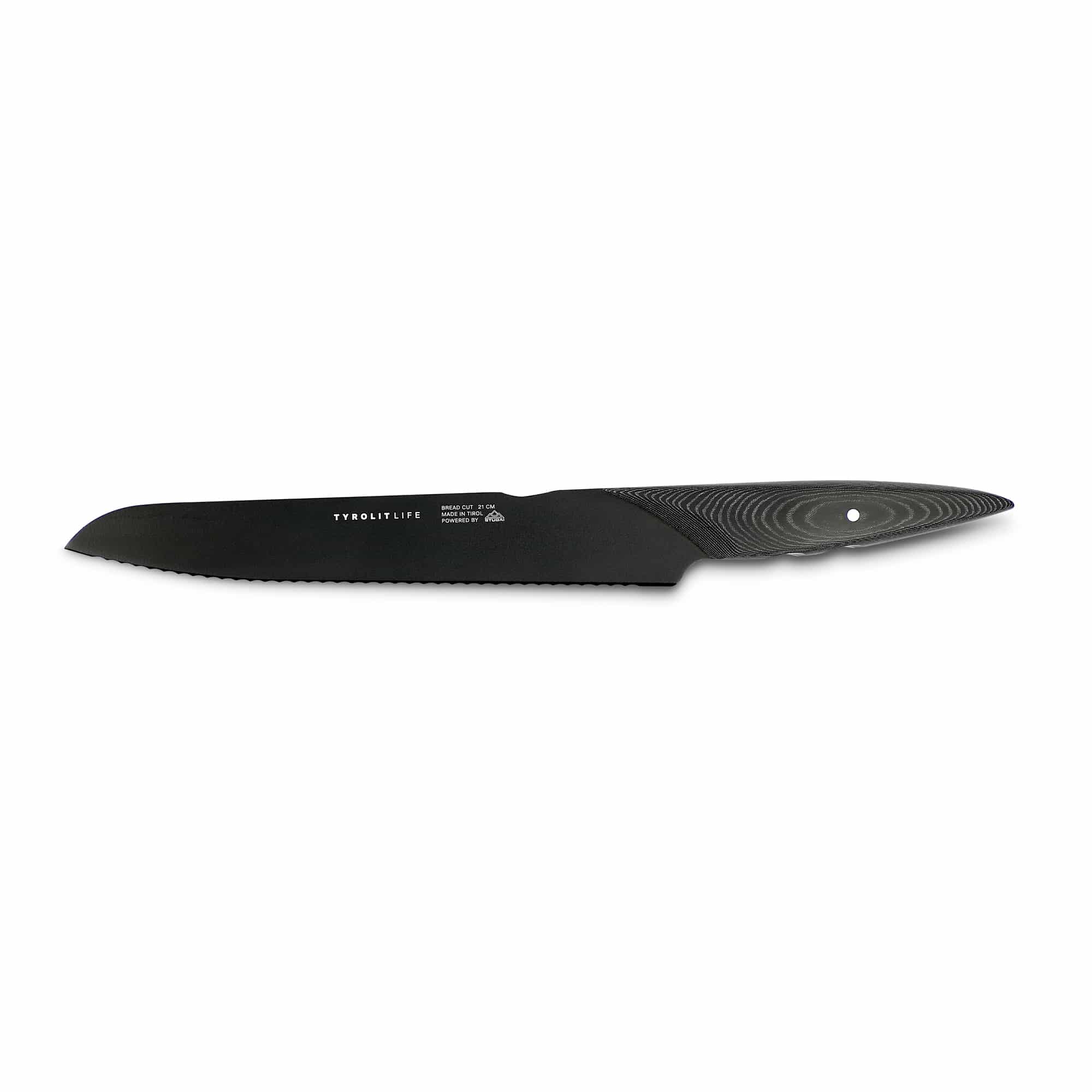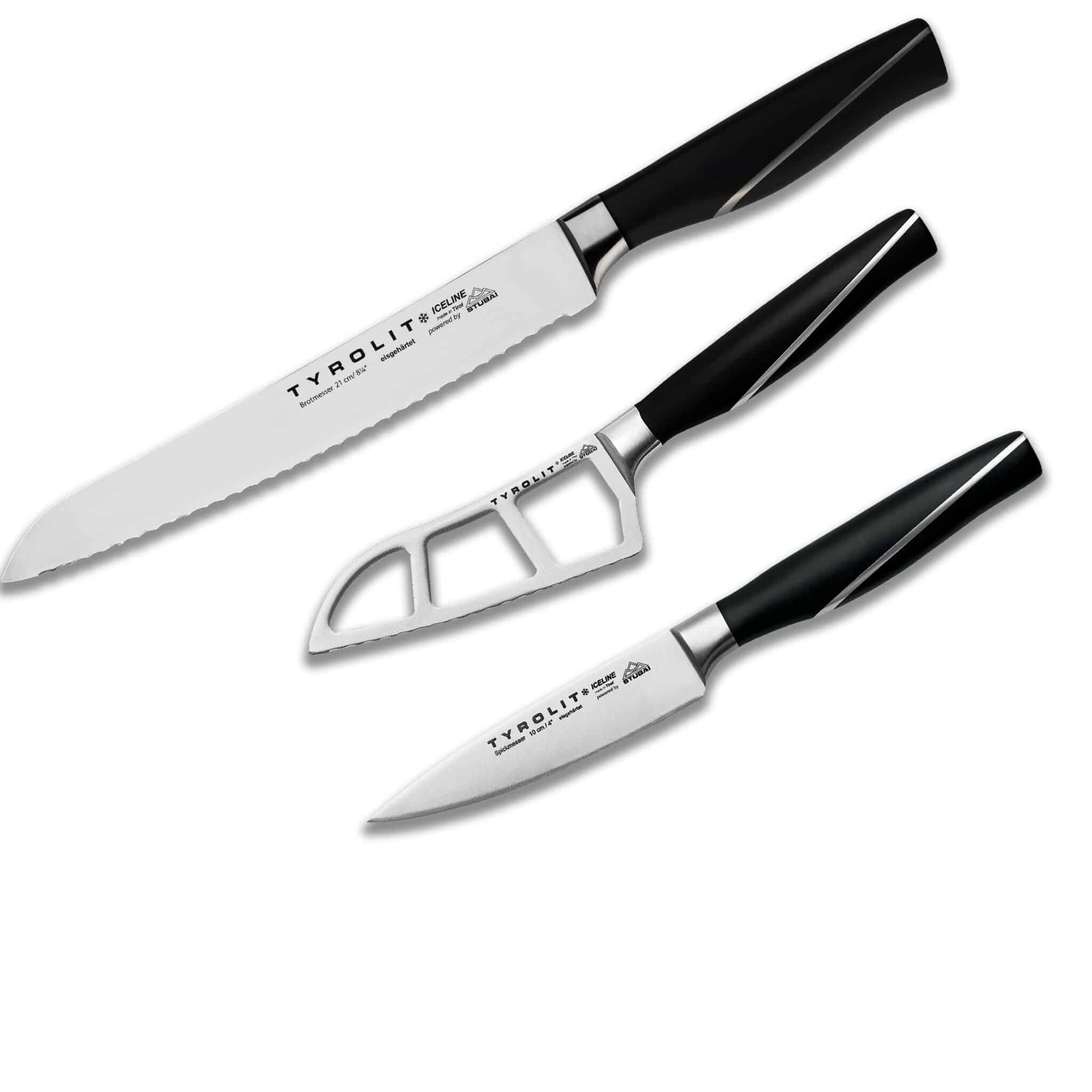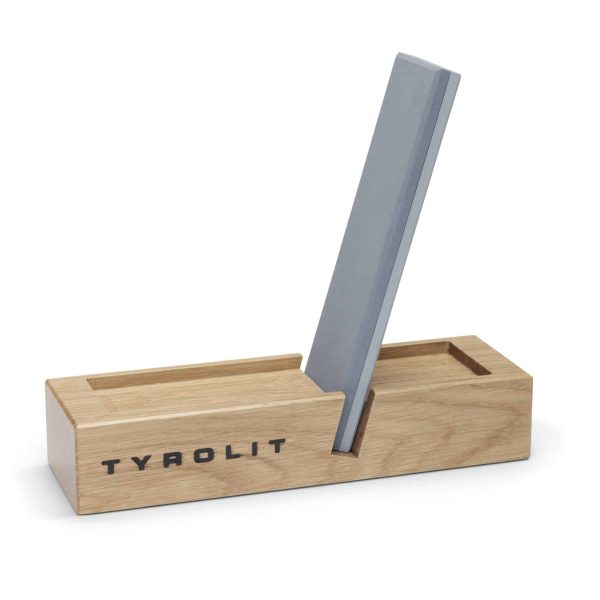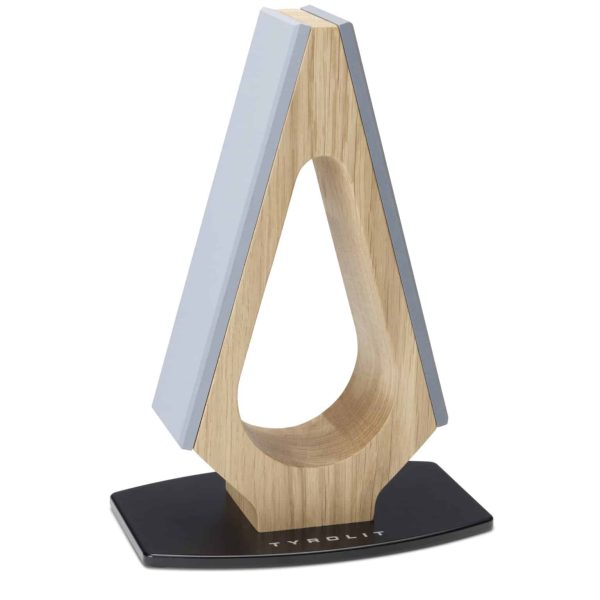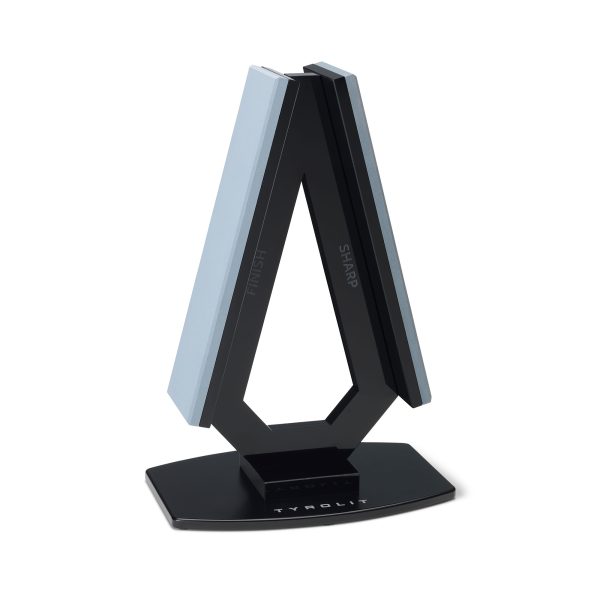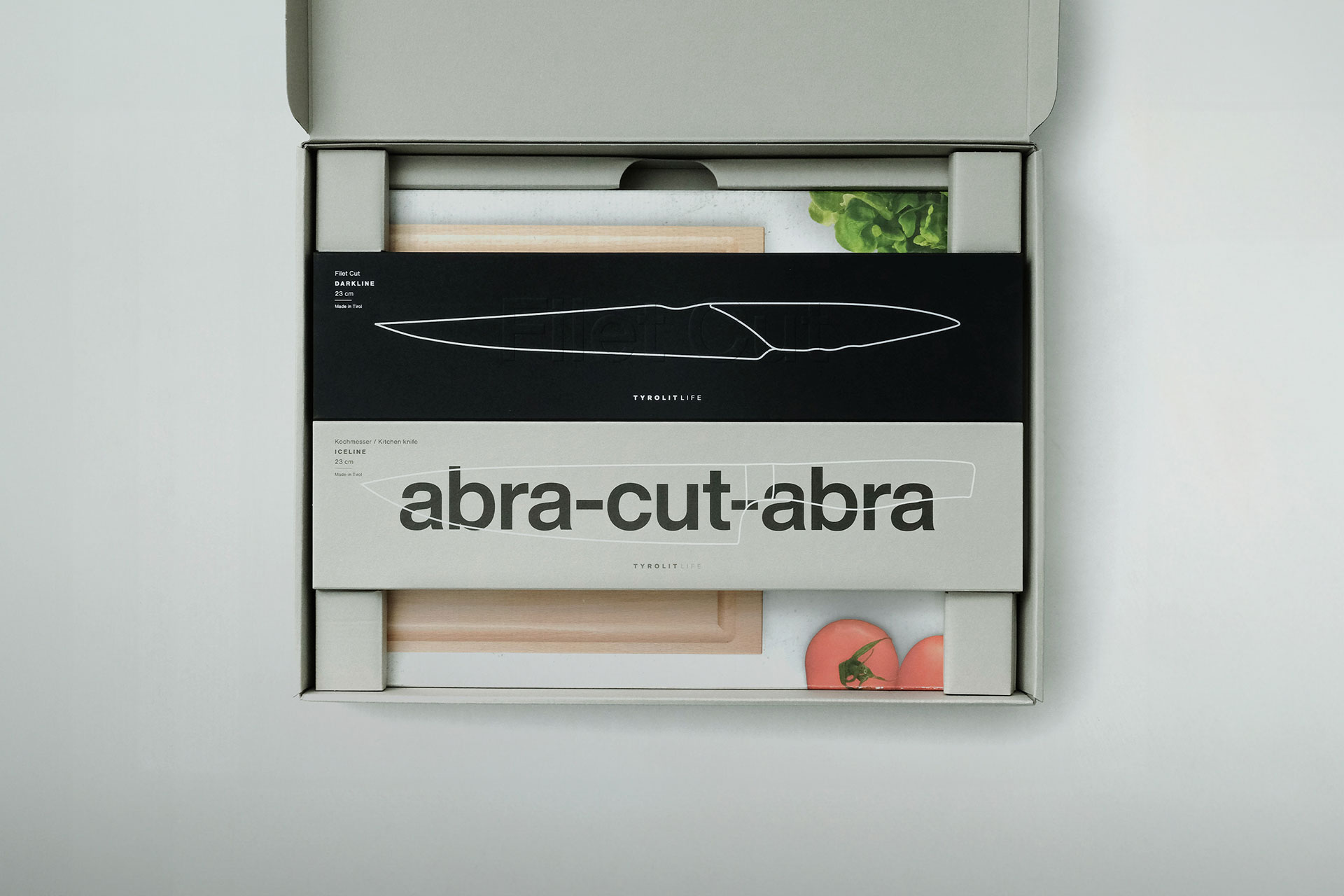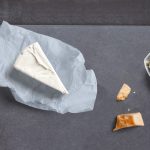Bread Knife – Everything About Slicing Bread with a Serrated Edge
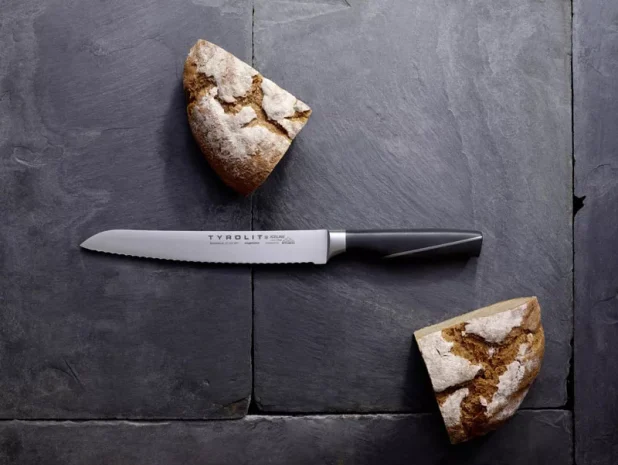
A bread knife is not just a simple kitchen tool, it is a specialized instrument that has been perfected in its construction and function over the years. The history of the knife is fascinating, but back to the actual topic.
Do you know the feeling of getting frustrated at the breakfast table because you can barely slice through a crispy loaf of bread, or the fresh rolls turn unsightly when you try to cut them open
With a high-quality bread knife, this will not happen to you and you can cut any kind of bread with ease and enjoyment. In this article, you will find out exactly what distinguishes a bread knife and what you should pay attention to.
What is the structure of a bread knife?
First, there’s the blade. While many knives can be used in the kitchen for various tasks, the bread knife has been specially developed for dealing with bread – be it a crispy baguette crust or a soft whole-grain bread.
A good bread knife usually has a serrated or serrated blade that allows you to cut bread without crushing it. In addition, a bread knife has a long blade, which makes it easy to cut even larger loaves of bread. The choice of material from which the blade is made can vary, with high-quality stainless steel being preferred: it is sharp, rustproof and durable.
But it’s not just the blade that makes up a bread knife. The handle also plays an important role. It should be comfortable in the hand and made of non-slip material to avoid accidents.
A bread knife is just a kitchen knife? Far from it! This becomes particularly evident when attempting to slice oven-fresh bread with an unsuitable knife. In fact, it is an indispensable tool in any kitchen, making the difference between squashed and perfectly cut bread
A good bread knife is therefore an investment that pays off in the long run and should not be missing in any kitchen. Detail on the edge: a high-quality bread knife can also be used to cut food with a hard shell (e.g. pumpkins). Its use therefore goes beyond pure bread slicing.
Types of Bread Knives and Their Characteristics
Bread knives are an indispensable tool in any kitchen. They are specifically designed to effortlessly cut through hard bread crusts and cleanly cut the inside of the bread. In this section, we will take a closer look at the different types of bread knives.
Serrated Edge vs. Straight Edge
When slicing bread, the type of blade edge can make a significant difference. A serrated knife, often called a “bread saw,” features a toothed blade that facilitates cutting through tough crusts without compressing the soft interior of the bread. Imagine the serration like the treads of a mountain bike tire gripping uneven terrain. Here, for instance, the smooth blade of a chef’s knife stands no chance. Conversely, a knife with a straight edge may be advantageous for very soft types of bread or cakes, where a clean, smooth cut is desired. However, for daily use, the serrated edge is generally preferred due to its versatility.
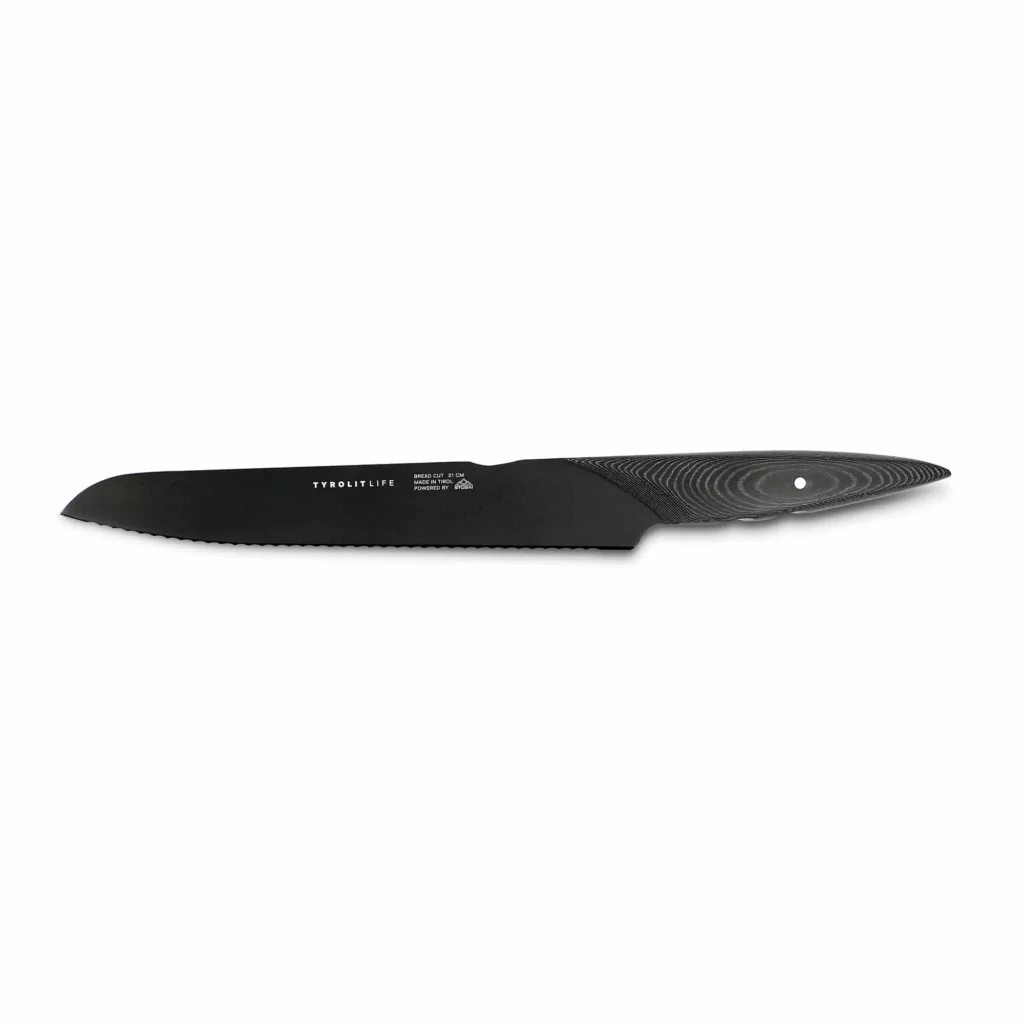
Bread Knife Materials
Choosing the right material is crucial for bread knives. Damask steel, a combination of different types of steel, is not only visually impressive with its layered patterns, but also extremely sharp and durable. The blade also uses molybdenum – a metal known for its hardness. Stainless steel is a particularly common material because of its robustness and rust resistance. The choice of material influences not only the performance, but also the visual appearance.
Different Lengths and Their Applications
The blade length of a bread knife is crucial for its effectiveness. A longer knife, for instance, measuring 30 cm or more, is perfect for slicing through larger bread loaves like farmhouse breads or special types such as ciabatta with ease. Conversely, a shorter knife is better suited for more precise cuts in smaller, denser types of bread or baguettes.
The total length of the knife (including both blade and handle) affects its handling. A knife that is too long may be cumbersome to use in smaller kitchens, while a knife that is too short may not offer the desired leverage. Your body size and the size also influence the choice of the right kitchen knife. Therefore, it is wise to consider your preferred types of bread and your kitchen setup beforehand.
Knife shapes in and outside the kitchen: What blade shapes are there?
Depending on the intended use, there are a wide variety of blade shapes. In this article, we provide an overview of the most important of these.
Handle Variants and Their Advantages
An ergonomic handle provides optimal grip and prevents fatigue, particularly during extended cooking sessions. Thus, it’s crucial for the bread knife to feel comfortable in your hand.
The choice of handle material of a bread knife affects handling and durability. Olive wood is quite popular, not only because of its beautiful grain, but also because it offers a pleasant feel. More exotic material such as Bubinga – an African hardwood – offers additional options for connoisseurs and lovers. A plastic handle is usually easier to clean and more resistant to moisture.
So each material has its own advantages depending on individual needs. The handles at Tyrolit Life are made of plastic or Micarta (a composite material) and are milled three-dimensionally on a multi-axis CNC machine. The handles are given their ergonomic shape by careful grinding and polishing by hand.
Practical application of bread knives
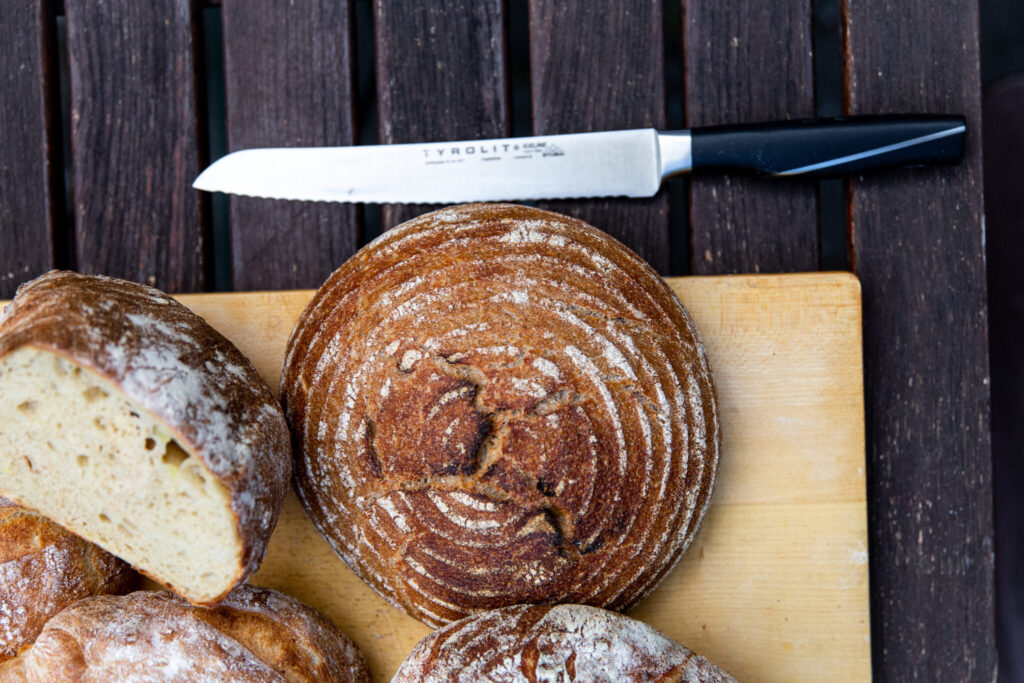
Bread, in all its delicious forms and flavors, often presents a challenge when it comes to the right way to slice it. How do you properly use a bread knife? What should be said about left-handedness? When is the best time to cut freshly baked bread? We’ll address these questions in the section below.
Cutting different types of bread
Whether it’s hard crusts of fresh farmhouse bread or delicate slices of bread from a fresh baguette – each bread has its own peculiarities when it comes to cutting. For hard crusts, a sharp wavy cut is ideal for gliding effortlessly through, while soft bread often demands a smoother blade shape. It’s impressive how the right knife can make all the difference and help you cut both hard and soft breads perfectly.
Special features when cutting for left-handers
Left-handers often face special challenges, especially in the kitchen. Fortunately, there are bread knives designed for both right-handed and left-handed people, so they too can get the most out of their bread slicing experience. With the right grip and the right technique, cutting becomes child’s play for left-handers.
Cutting without much effort
Cutting a large, dense loaf of bread can quickly turn into a strenuous effort. However, with the correct sharp bread knife and proper technique, slicing can become an effortless task. A sharp blade effortlessly glides through the bread, not only saving your wrists from strain but also ensuring clean cuts.
By the way: In the kitchen, we often deal with foods that have a very hard rind – for example, pumpkins or melons. Here, the bread knife can also be very useful for effectively cutting through the shell.
Tips – How does proper bread slicing actually work?
The question of how to properly cut bread may seem trivial at first glance, yet its answer is indeed complex. For behind “bread sawing” lies an actual art form.
In the morning at the breakfast table, you are standing in front of a freshly baked, fragrant farmer’s bread. The crust crispy, the crumb soft and fluffy. Your first instinct might be to simply cut through the bread with pressure.
But here’s the first trick: it’s not about force, but technique. Instead of pressing down, you should “saw” with the bread knife. Begin with a gentle, back-and-forth motion on the surface of the bread to score the crust. This provides you with a guide line and makes the subsequent cutting easier.
The correct sawing angle for slicing bread
Another aspect often overlooked when slicing bread is the correct angle. Instead of holding the knife perpendicular to the bread, try angling it slightly. This allows for the cutting of thin and uniform bread slices that are perfect for morning toast or a midday sandwich.
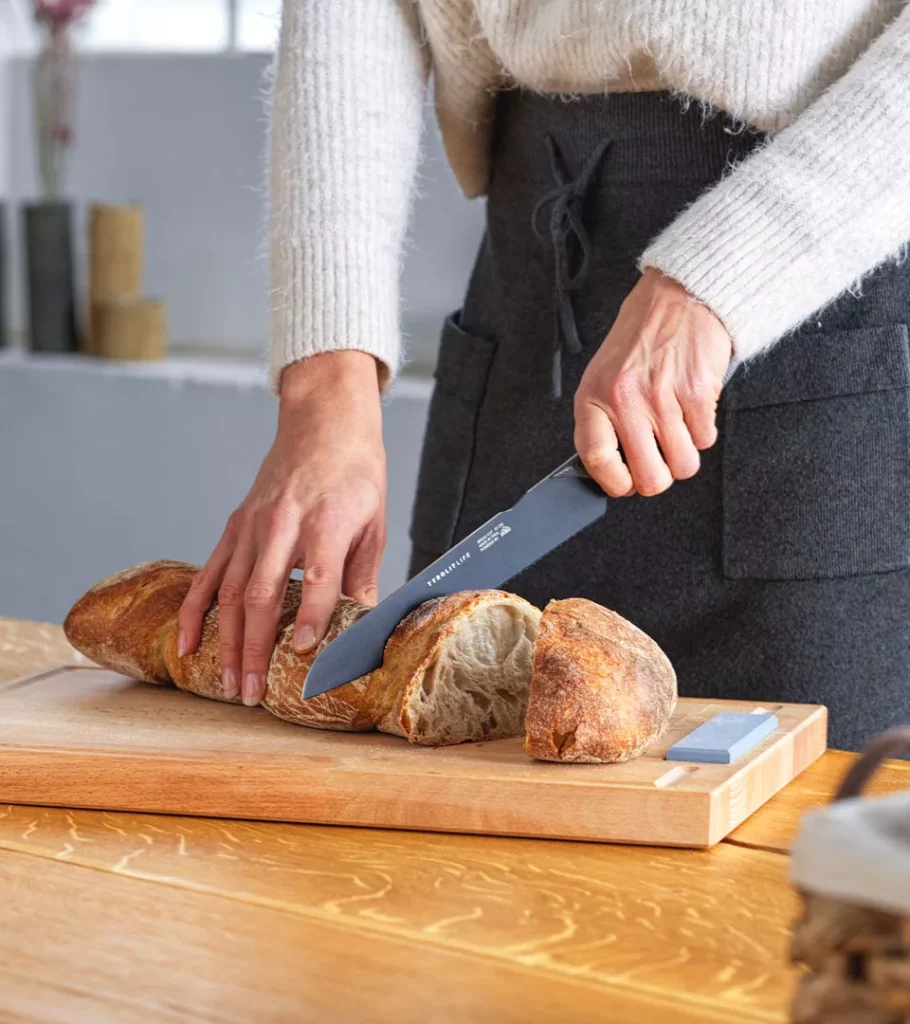
When should fresh bread be sliced?
Finally, and this may come as a surprise, the bread itself also plays a role. A fresh, warm bread, while tempting, can be harder to cut than a bread that is slightly chilled and solidified. A little patience can work wonders here and reduce the effort required for cutting.
In summary: Saw instead of pressing, find the right angle and let the bread rest a little. With these techniques and tricks, slicing bread becomes a real pleasure and you can look forward to perfect slices every time!
Proper Care for Bread Knives
A sharp bread knife is a jewel in any kitchen, and like any jewel, it deserves special care. Think of your bread knife as a fine instrument whose blade shape is crucial. But how can you ensure that this instrument always stays in top shape?
First, the temptation may be great to simply throw the knife into the dishwasher after an extensive baking session. However, caution is advised! The hot and humid environment of a dishwasher can harm the delicate blade and significantly reduce its lifespan. Instead, we recommend meticulous hand washing to maintain the knife in peak condition. So, remember: maintain and clean your knife!
How to safely store your bread knife – our recommendation, the knife block
A knife block not only protects the blade from damage, but also ensures safe storage. A possible alternative is a so-called blade guard. This sleek accessory envelops the blade, preserving its sharpness and shape.
With these simple yet effective measures, your bread knife will not only remain sharp but also stand by your side for years to come. Give it the care it deserves, and it will reward you with perfectly sliced pieces of bread!
Magnetic Knife Block – Compelling Arguments and Benefits
A magnetic knife block brings not only aesthetic, but also practical and even hygienic advantages. Why? We’ll take a look at that in this post.
How can you sharpen your bread knife?
Regularly sharpening your bread knife is crucial to ensure its efficiency and longevity. Not only does a sharp knife make cutting easier, it also makes it safer by requiring less pressure.
Tyrolit Life offers a selection of high-quality sharpening products, specifically designed for sharpening kitchen knives. It is important to note, however, that sharpening bread knives can be more challenging than sharpening knives with smooth blades due to their serrated edge. For assurance of the best results, it is advisable to seek a professional who can quickly and efficiently sharpen and hone your bread knife.
The secret behind the perfect cut: enjoying bread with the right bread knife
A crispy baguette on Sunday morning, a thick slice of fresh farmhouse bread with butter or the gentle drifting apart of soft brioche – the pleasures of bread and pastries are endless. But the perfect piece of bread demands the perfect cut, and for that you need the ideal bread knife.
Hard crusts are often the hallmark of fresh bread. But they can also be the biggest challenge when cutting. Your knife should be sharp enough to glide effortlessly through such crusts without crushing the inside.
The size of the loaf of bread also plays an important role. A mighty loaf of farmer's bread requires a longer knife blade, while a baguette might require a more precise and shorter knife.
The cutting surface also has its significance. A sturdy cutting board or a stable cutting base not only protects your countertop but also the blade of your knife.
Whether it's fresh, soft bread or a crispy baguette - each bread has its own requirements for the ideal knife. Pay attention to the subtleties of the blade and how it moves through different cutting materials.
After all, a good loaf of bread deserves the perfect cut, and with the right tool in hand, you'll be able to enjoy this culinary experience to the fullest.
Gifting knives – Is it bad luck to give a knife as a gift?
Despite superstition, you can give knives in good conscience. Learn all about it in this article.
High-quality, stainless bread knives from Tyrolit Life
Bread knives come in a variety of brands and origins, each known for their unique quality and craftsmanship.
Tyrolit Life stands out here in cooperation with Stubai: The knives manufactured by the Tyrolean abrasive expert from Stubai are appreciated for their robustness, precision, efficiency and durability. Innovative materials and techniques ensure products that appeal with design and deliver the highest quality and functionality.
At Tyrolit Life, there are bread knives from two different series: The Iceline series uses stainless steel. The Darkline series, on the other hand, impresses with high-end stainless chrome steel and special alloy additives for particularly easy cutting without sticking.
In any case, a bread knife from Tyrolit Life allows efficient and gentle cutting, which completes the enjoyment of bread and pastries. You can buy your bread knife in the Tyrolit Life online shop.

